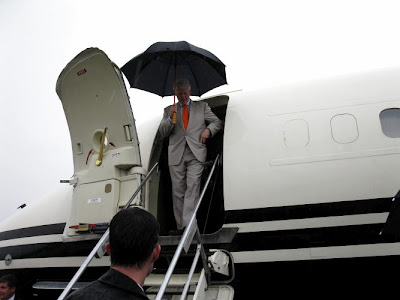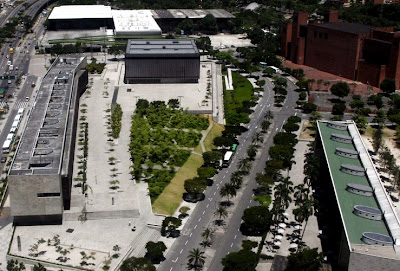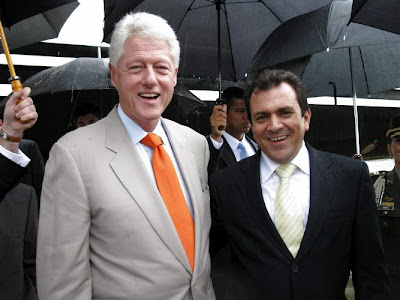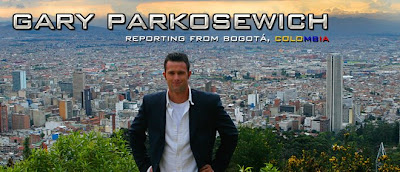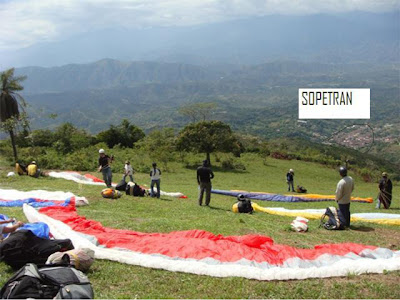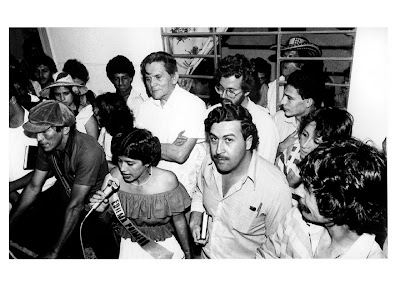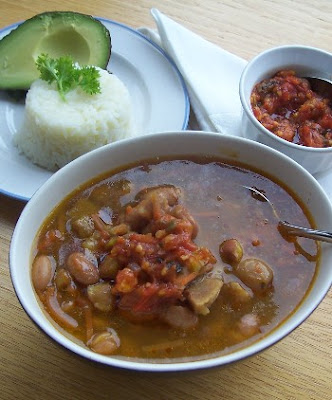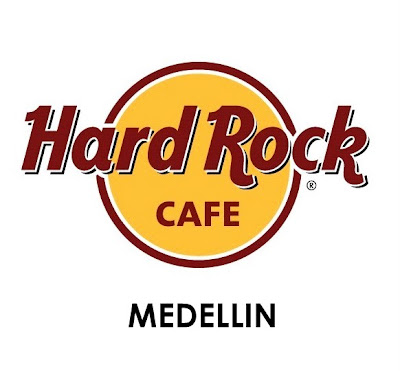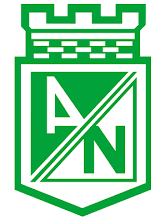
Bienvenidos a Medellin, Colombia
THE IADB AT 50 Colombians and foreigners are seeing the new face of a city that symbolizes the nation’s progress. How did it happen?
Not long ago, a big white banner was draped from an abandoned building in southern Medellin. In bold black letters its message said: “This building never belonged to Pablo Escobar.” Anyone walking along El Poblado Avenue, one of the city’s main drags, could see it. The point of the building’s owners was to debunk the urban myth that the structure was one of the numerous properties belonging to Escobar, the notorious kingpin who was killed in 1993. With Escobar gone and narco-related violence no longer the city’s only stand-out feature, the banner serves as a subtle declaration of the Medellin renaissance.
This building never belonged to Pablo Escobar
True, the city still faces many challenges, like ongoing violent crime. But over the past five years the capital of Antioquia province has made so many advances that that Medellin now stands as a symbol of urban progress around the world.
Key to these changes has been massive investment in public education. Every month, it seems, city officials inaugurate a new school, library, kindergarten or park. These projects are high-profile examples of how education has become the fundamental strategy in the making of the new Medellin.

The parks offer a great place for residents to enjoy the day
The best examples of this new model are the so-called “quality schools,” 10 centers of learning that sport sophisticated architecture and are helping to cover gaps in educational coverage. In addition, projects like the Citadel of Brotherhood and the Citadel of Technology on El Volador hill will soon give the city more than 15 hectares for education, recreation, sports, pre-schools, daycare centers, senior citizens’ services, and many new spaces for cultural events.
The four library parks built in the most impoverished areas of the city have won several international prizes for architecture. But beyond their impact in barrios like San Javier or La Ladera, the library parks are providing access to quality education for the poorest of the poor.
All of this has changed people’s perceptions of politics and politicians, such as Medellin Mayor Alonso Salazar who attracted a huge number of votes. In the past, the city’s mayor was elected with about 130,000 votes. But more than 270,000 people cast ballots for Salazar. This kind of enthusiastic public backing, which first emerged for Salazar’s predecessor, Sergio Fajardo, demonstrated to the country that a mathematician and a journalist could replace traditional politicians and politics as usual. The only prerequisite, according to Salazar, was to “remove ideology from politics.”

A great view of Medellin from high above the metro cable
It’s no accident, therefore, that Medellin’s development plan has been singled out by the National Planning Department as the best in the country.
Thanks to this new confidence in city politics, Antioquia’s business class is once again showing its civic solidarity with urban projects. “It’s a modern kind of philanthropy,” Salazar says. The fact that prominent companies like Argos, Bancolombia and Nacional de Chocolates, just to name a few, continue operating in the city has brought enormous benefits to Medellin residents, especially in terms of education. For example, high-level executives from each of these companies dedicate some of their office hours to the adopt-a-public-school program which began under the Salazar administration.
.jpg)
Medellin Mayor Alonso Salazar takes a few gringos on a tour
What was once a form of executive resistance against the violence and narco trafficking of the '80s and '90s has emerged today as a vote of confidence in a model of city management.
This newfound faith in the future of Medellin is perhaps the main reason why the city was chosen to host the annual assembly of the Inter-American Development Bank. (Note: it’s also due to the influence of bank president Luis Alberto Moreno).
Warnings that Medellin is a no-go zone no longer apply. In a way, that white banner on the building in El Poblado symbolizes the transformation of an entire city.
Fenando Botero sculptures on display in Parque de San Antonio
Also emblematic of the changes are the Fernanado Botero bird sculptures now on display in the central plaza. In 1995, one of them was partially destroyed by a bomb that killed 23 people and injured 100. The explosion also perforated the wings of the bird sculpture and left a gaping hole in its breast. Five years later, in an act of solidarity with the new Medellin, Botero gifted the city with another bird sculpture that was positioned alongside his damaged work of art in San Antonio Park. He said it was the best way to show that the days of fear and uncertainty in Medellin had given way to a time of defiance and dignity.
Article published Semana International
To learn more about the Transformation of Medellin, Colombia




